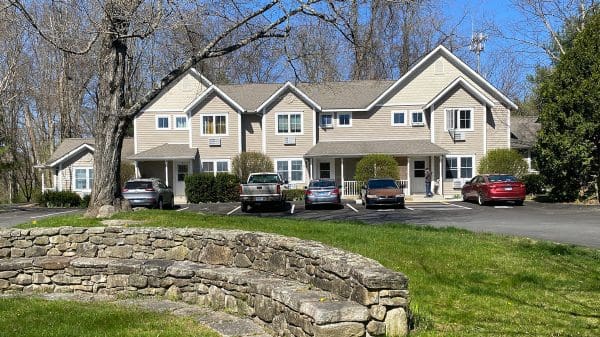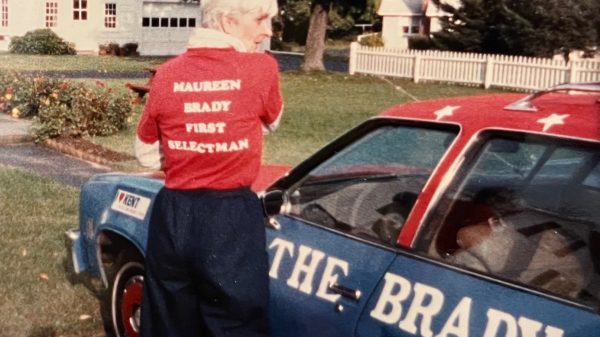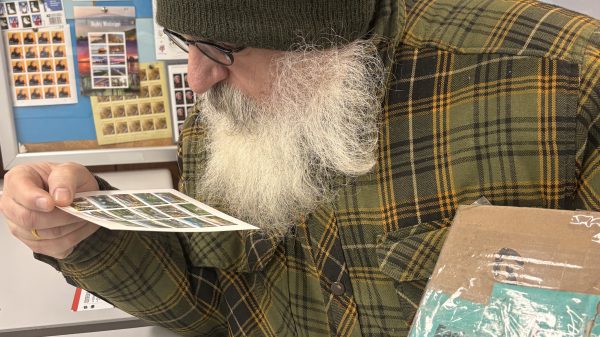KENT—After a summer recess, the Planning and Zoning Commission recently resumed its review of the town’s subdivision regulations with consultant Glenn Chalder.
Chalder told commission members that the regulations can be viewed as being “almost like consumer protection regulations—not related to the uses of the land, but to the buildability of the lot, so, if someone purchases a lot, they can have confidence that it can be built on.”
Chalder reminded commissioners that in Connecticut, a landowner with sufficient acreage, can cut off one lot without a subdivision plan. A further division for building or development would trigger the need for a plan, however.
If an approved subdivision is later altered, a re-subdivision would have to be approved by the PZC and a public hearing would be held. Commissioner Wes Wyrick asked if a re-subdivision could be considered a modification of the original plan, but Chalder said that any change that affects layout of roads, creates more lots, or affects the land reserved for open space, would be a re-subdivision.
Commissioner Shelby Green asked whether it would be considered a third lot if the purchaser of the first division decided decades later to divide his or her parcel. Chalder said the “lineage of the parcel” decides when a subdivision is required. “You cannot continue to do free cuts,” he said.
Wyrick asked about conservation easements and Chalder said those would be an encumbrance on a deed, but do not create a lot for sale or building developments.
“But the people receiving the land could use it in some way,” Wyrick remarked. “Is that a concern?”
“What you’re trying to do with subdivision regulations is to protect purchasers in the future,” Chalder said. “Will the lot support a well and septic system; can the owner get a driveway to the building … .”
He explained that subdivisions were more frequent in the 1960s, ’70s and ’80s but became less common over time because of the cost of developing roads to serve the homes.
The regulations can be used, however, to protect important features of the site. “You could require that scenic views be preserved,” he said, “or that agricultural soils or other important features be preserved. This is where you would have conversation with the applicant.”
PZC Chairman Matt Winter asked about the need for equity on the part of the commission. “What’s to prevent us from saying the whole parcel has farmland soils?” he asked.
Chalder said there is the concept of property rights and values, which is also an important consideration. Designating all the parcel as agricultural soils would be tantamount to “the taking of property,” he said. “If you would make someone’s property valueless—I would urge the commission to try to find harmonious balance.”
White said he would be “in favor of finding different language for the regulations that doesn’t seem to direct us to preserve all of these features.”
Chalder said he would devise different wording and urged the commission not to designate lots as “unbuildable.”
“My advice is, if for some reason you can’t have a septic system or water on a lot, it should be combined with another larger lot,” he said. “That way, if someone in the future gets their ducks in a row, it might become a lot.”
Restrictions on lots designated as unbuildable often become lost over the years and the land might unwittingly be sold. “Our records are riddled with those,” said Land Use Administrator Tai Kern.
“It’s hard after the fact to change these things,” said Chalder. “My advice is: Just don’t do it.”
He said he had “tried to be creative” in creating open space requirements for developments. The regulations would require 15 percent of subdivisions be set aside as open space. The open space should be clearly delineated and the “commission can have significant influence on that.”
Commissioner Alice Hicks said the set-aside land should be part of the buildable portion of the tract, rather than a stony portion of some hill.
“The term ‘open space’ gets used and abused by people,” Chalder agreed, saying the purpose for which the land is preserved should be considered. “Is it for the protection of wildlife habitat or a scenic view—that could be discussed by the PZC at that time.”
Winter said the term “at least” in the regulation dictating how much land must be set aside concerns him. “Can we increase the amount from there and what protection does the developer have from an overly conservation commission.”
Chalder said it is a matter of due process. “If someone spends tens of thousands of dollars planning on the basis of 15 percent and you say 30 percent, it’s violating due process,” he said. He said different wording could be substituted, perhaps requiring 15 percent, but allowing the developer to provide more. “You could provide a figure and incentives,” he suggested.
Commissioners also discussed fees in lieu of open space. “The commission could say the land does not have meaningful open space,” Chalder said. “You could transfer to payment of a fee in lieu of open space and use the money to acquire open space elsewhere?”
Winter wondered if the commission has an “appetite to expand the fund to more than the acquisition of open space. Maybe we could broaden the land acquisition fund for other high uses defined in the Plan of Conservation and Development.”
But Chalder said state statutes defines the use as open space acquisition.
Infrastructure development is also included in the subdivision regulations. Chalder observed that a rural community such as Kent wants a “meaningful road network” in subdivisions, built to town standards—“roads that will not be speedways or landing strips.”


































